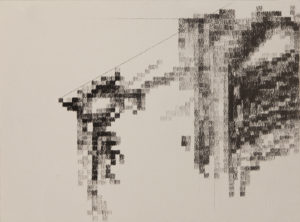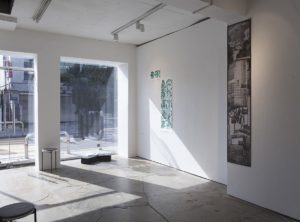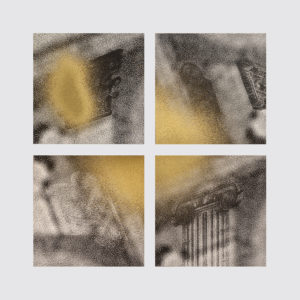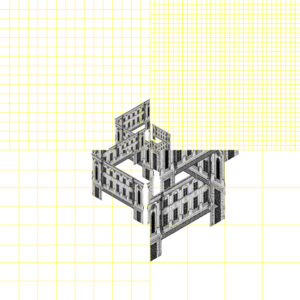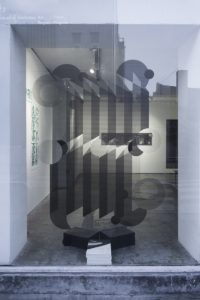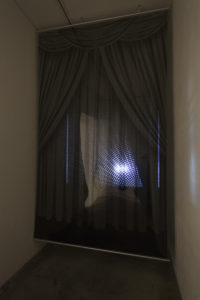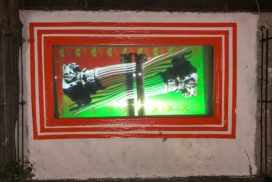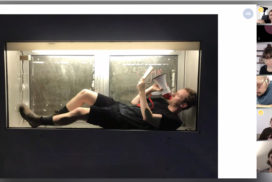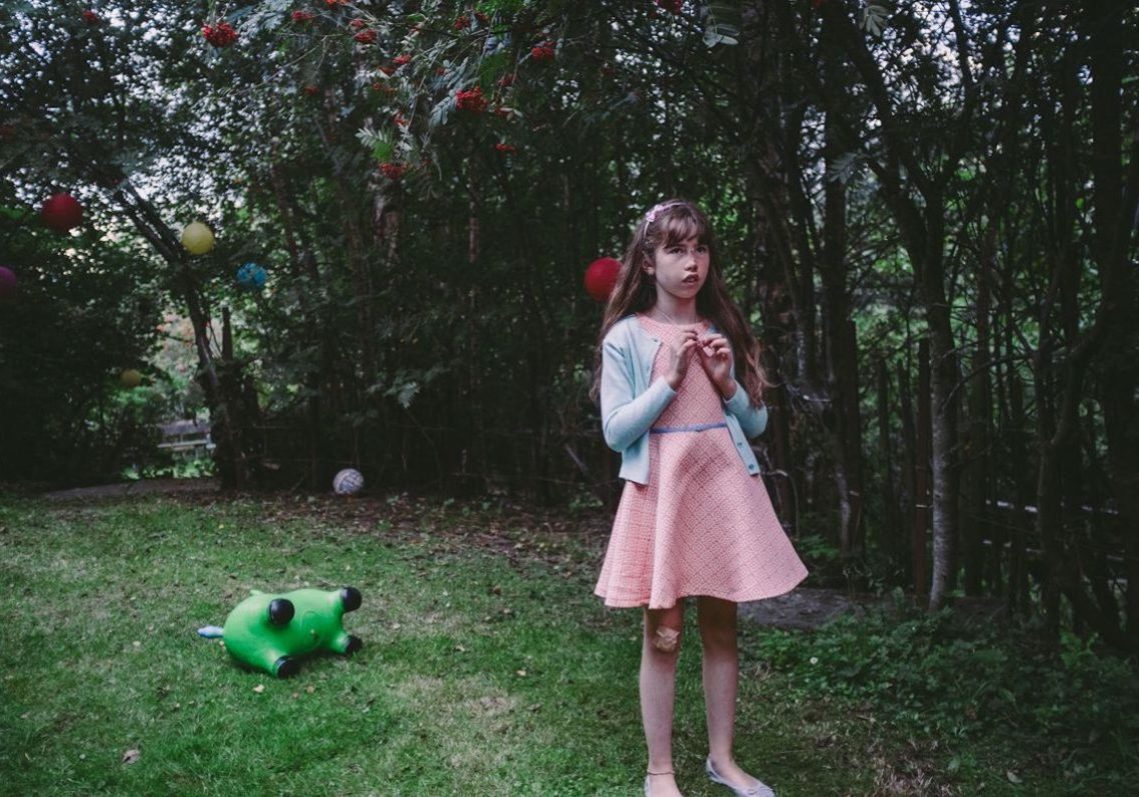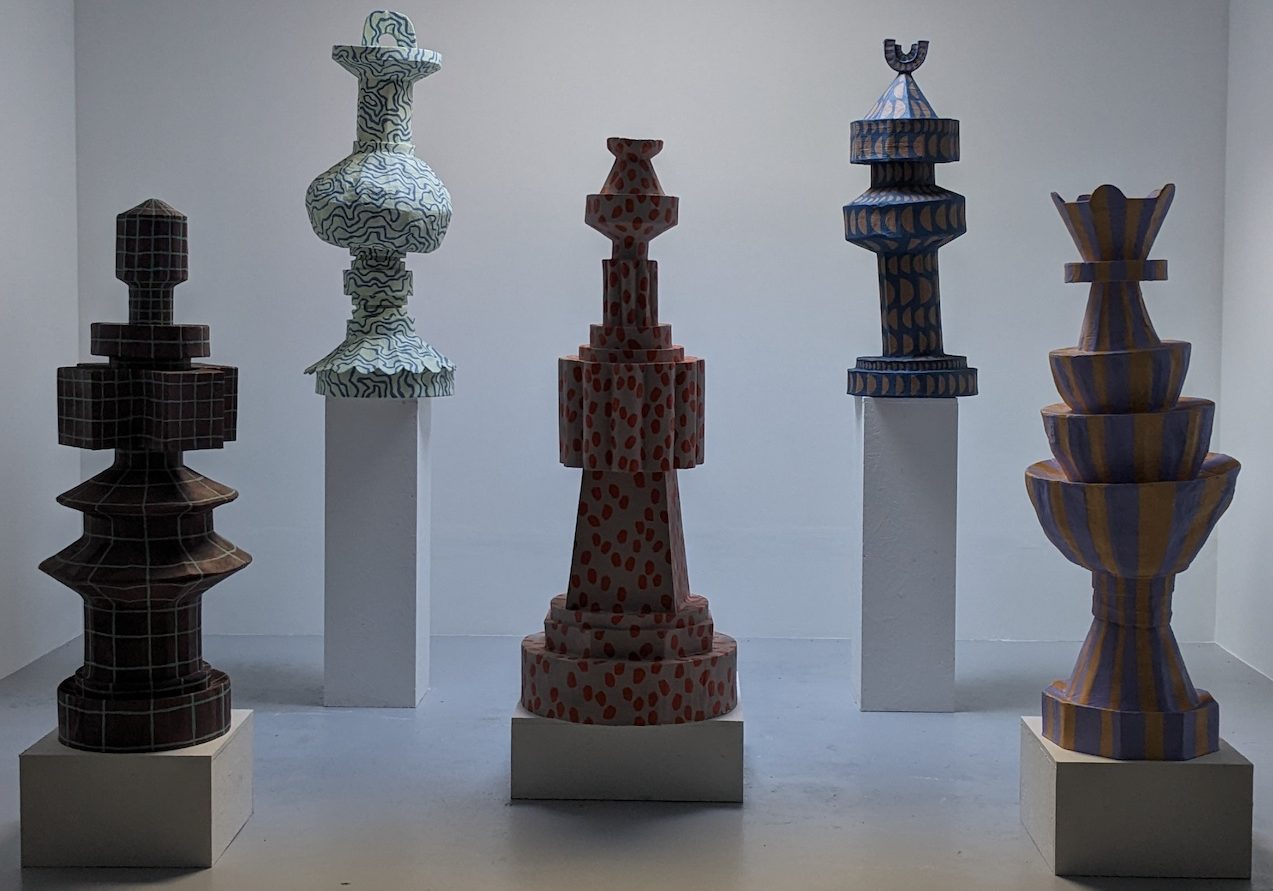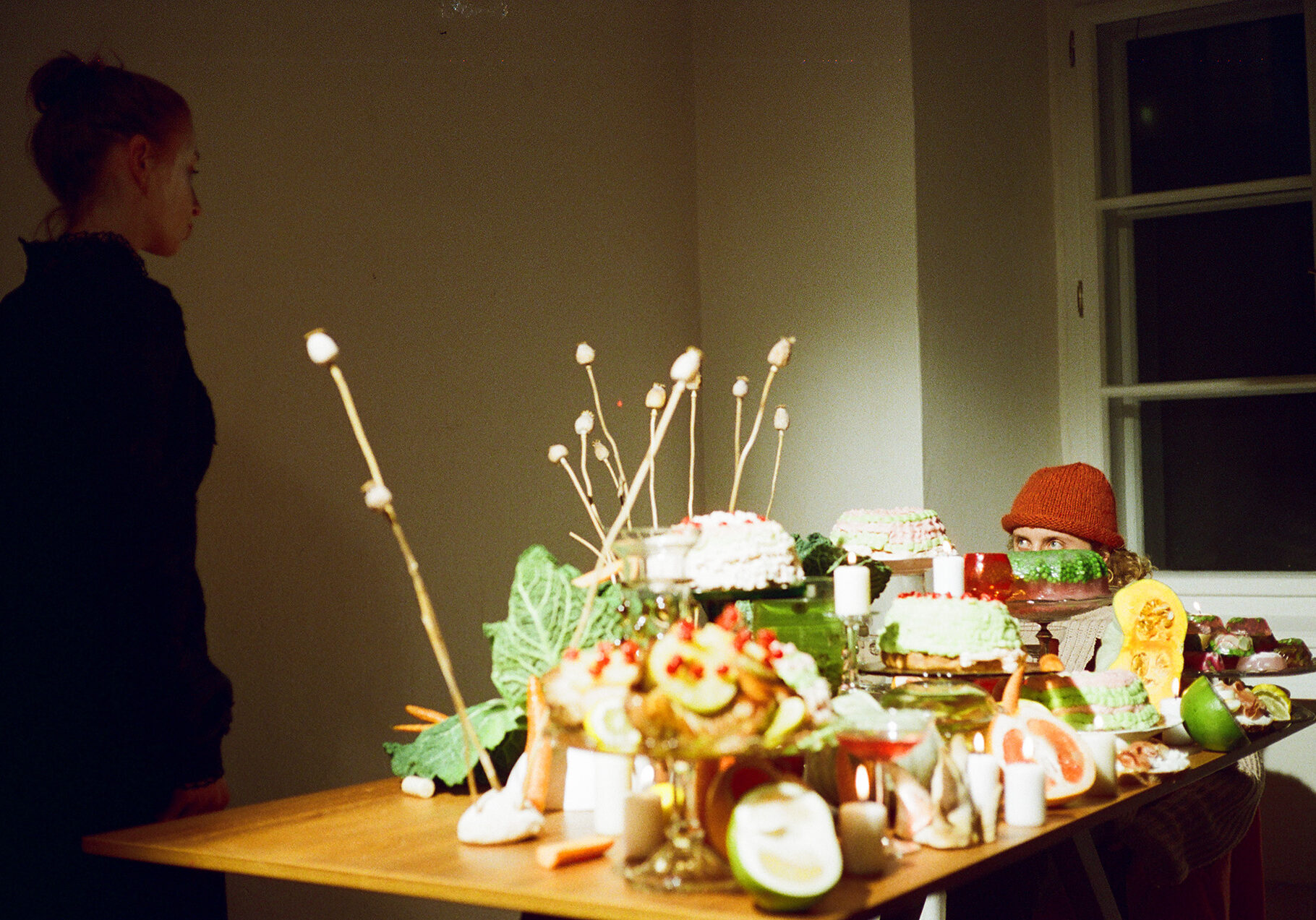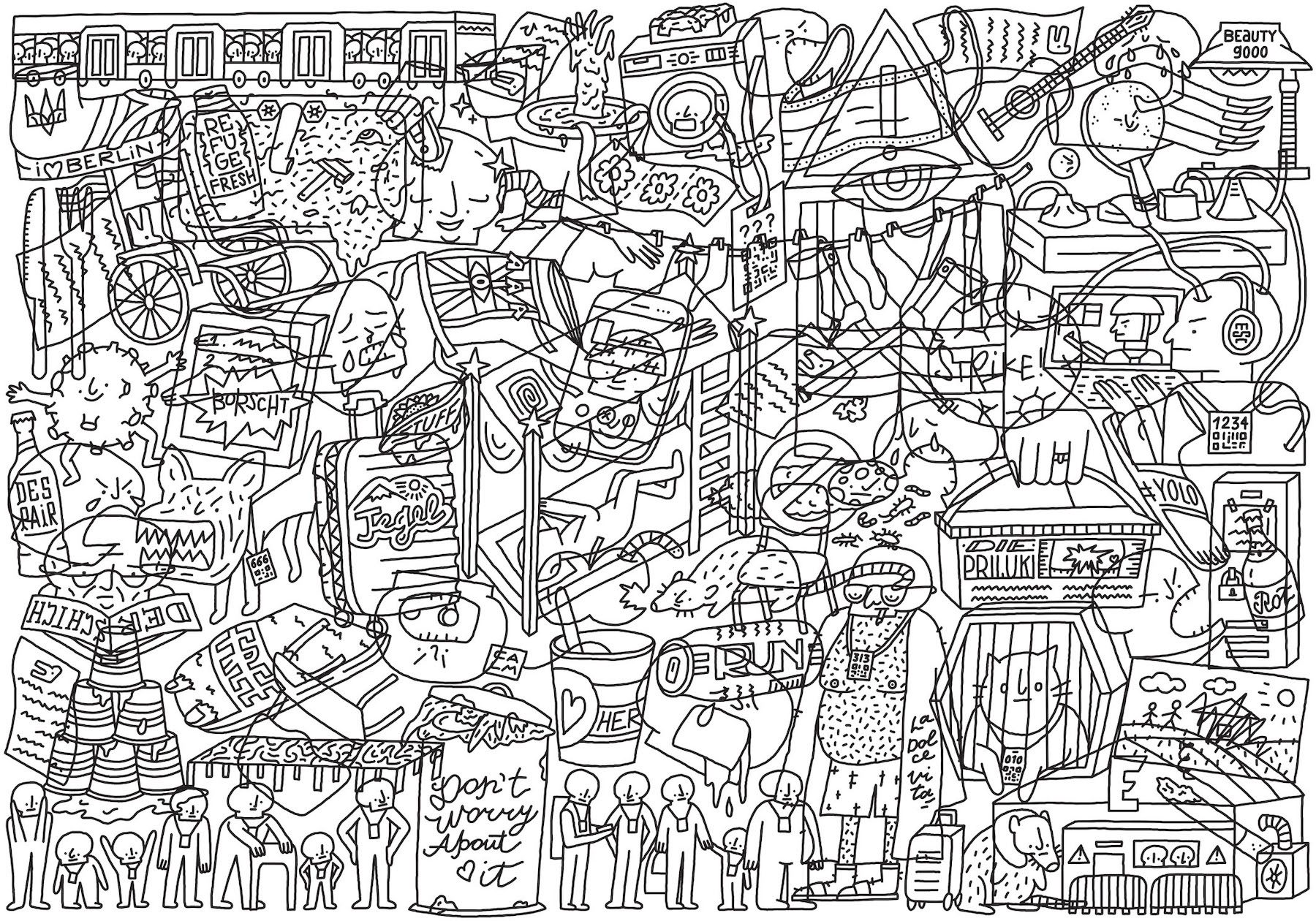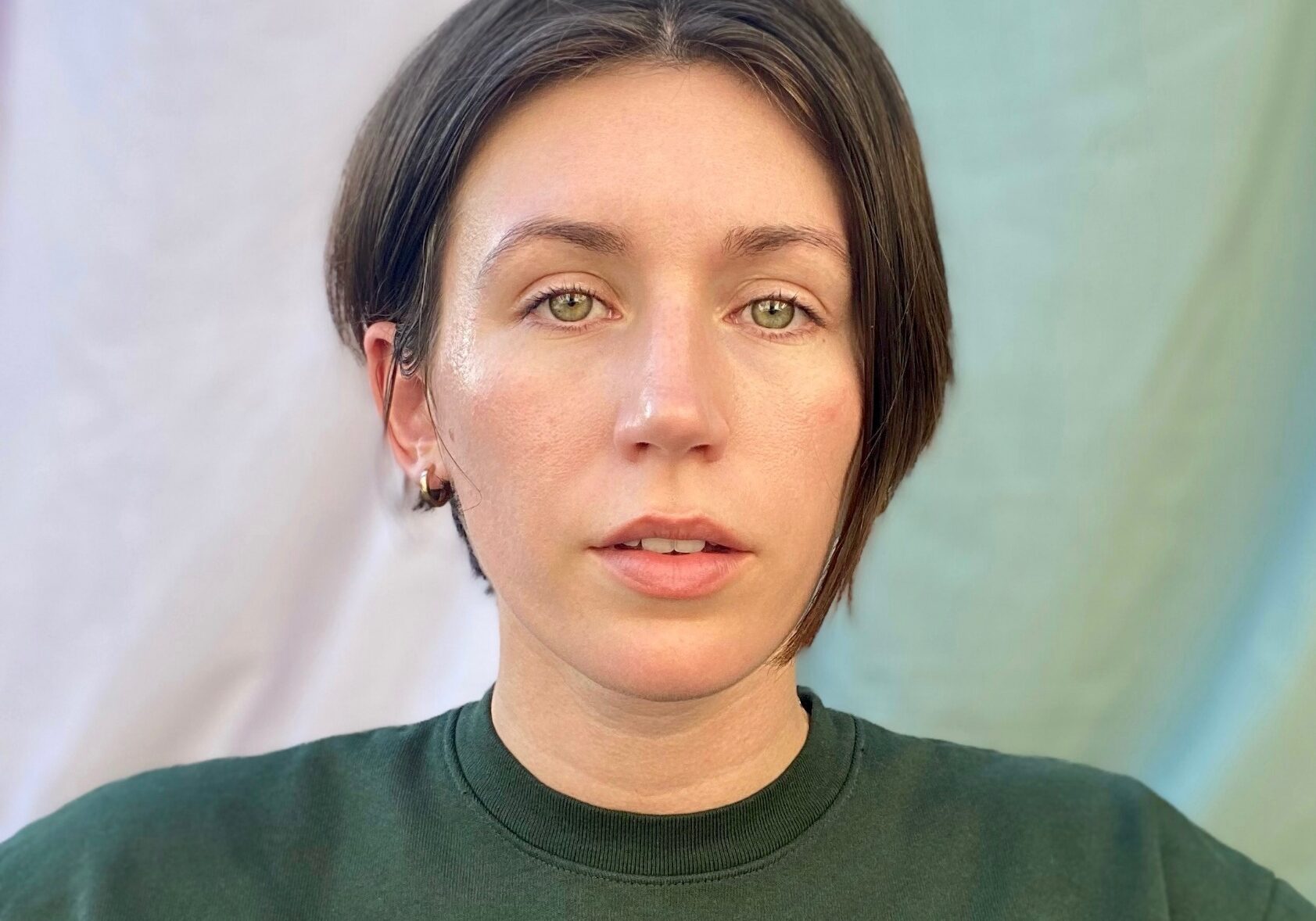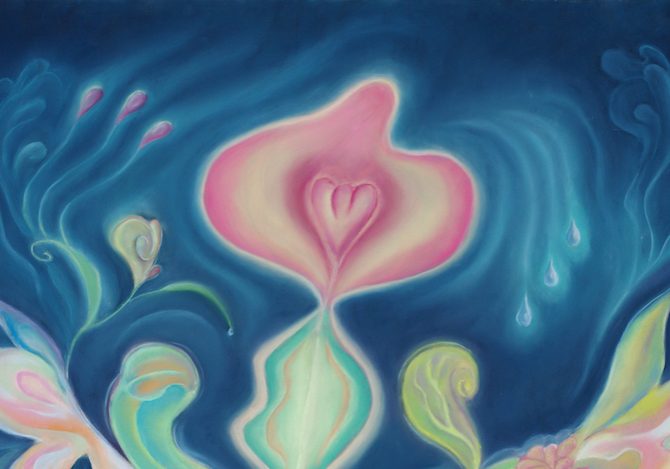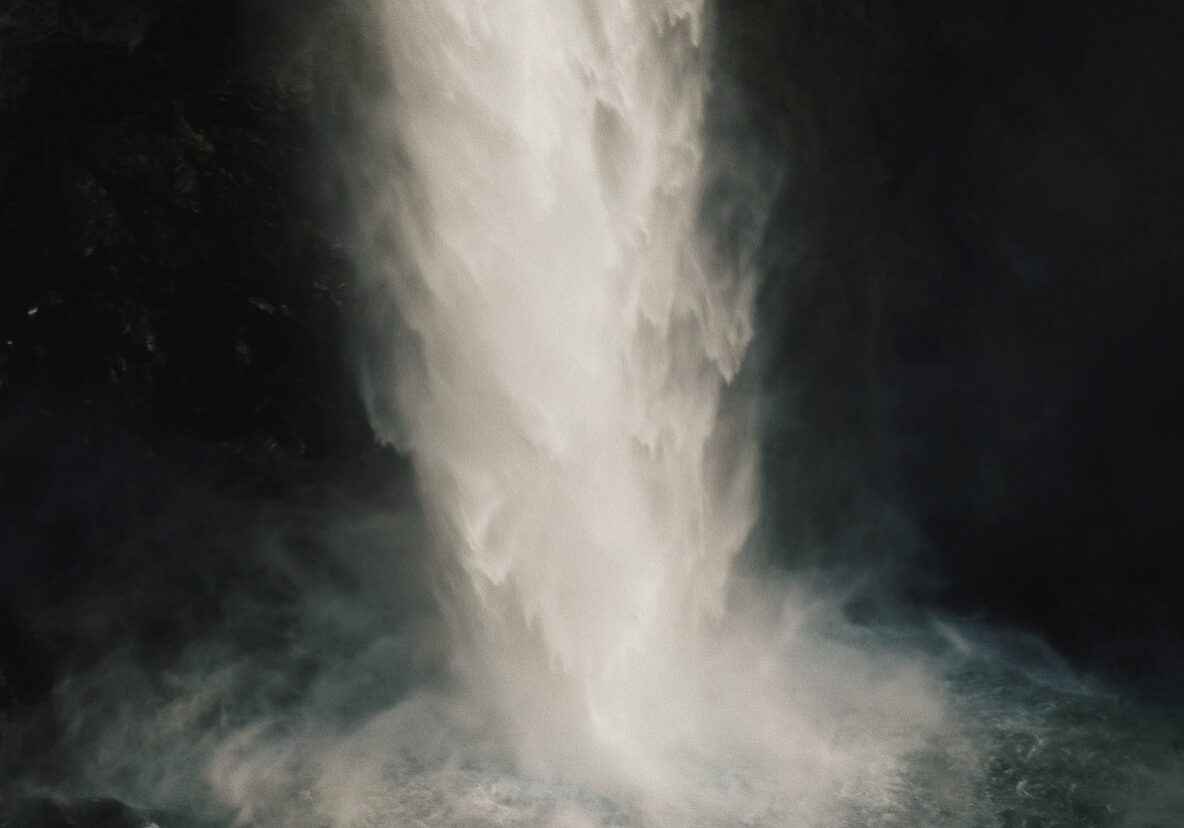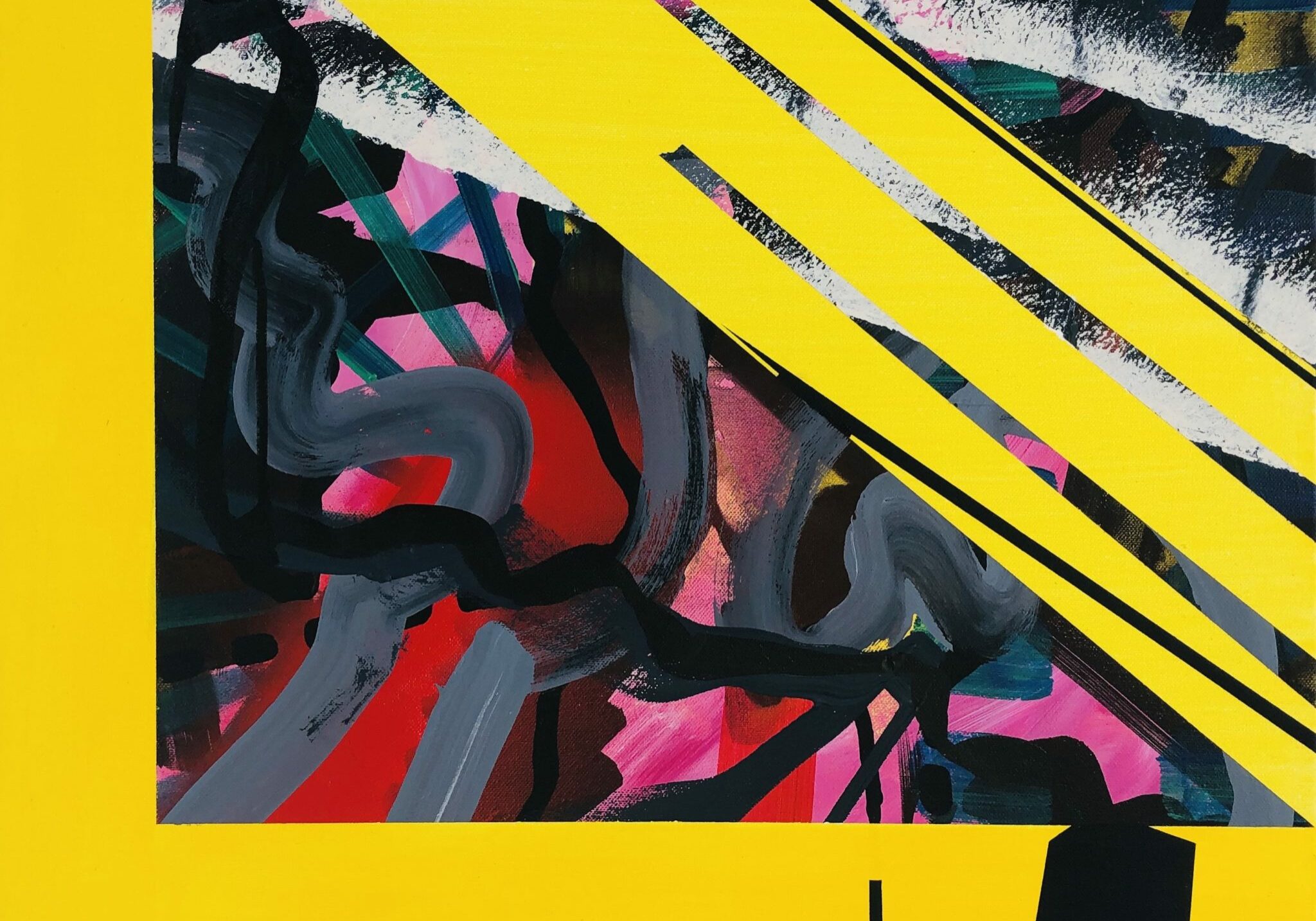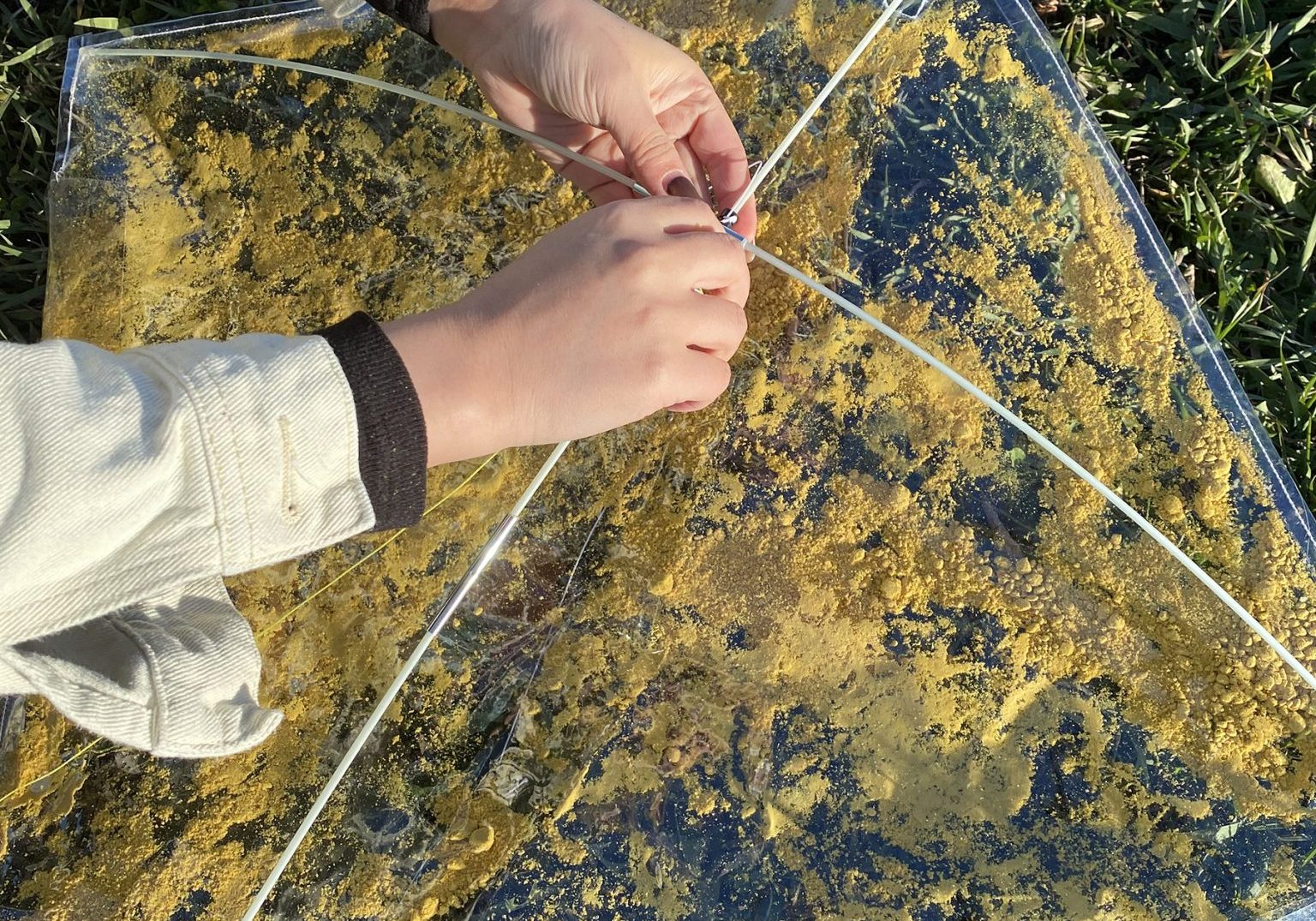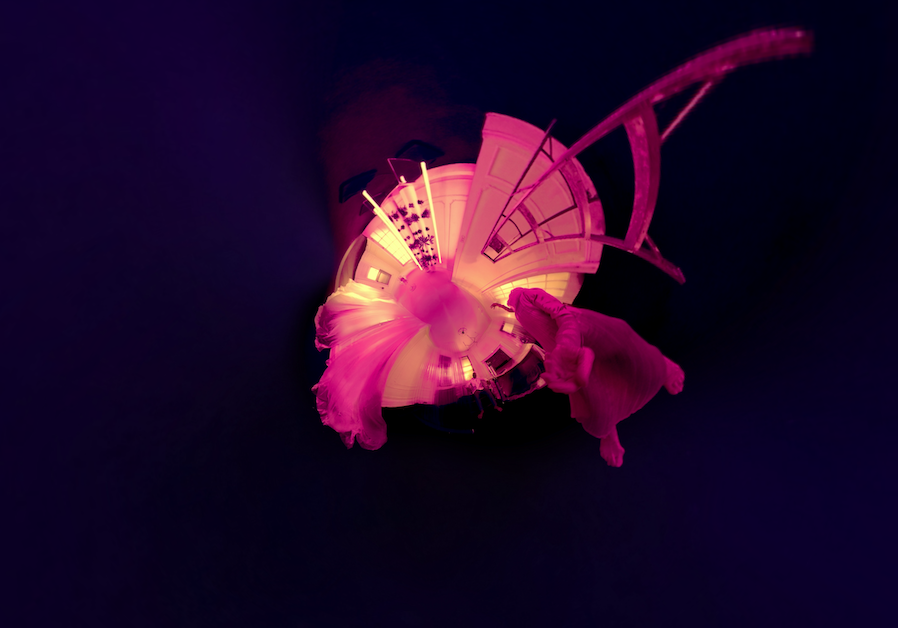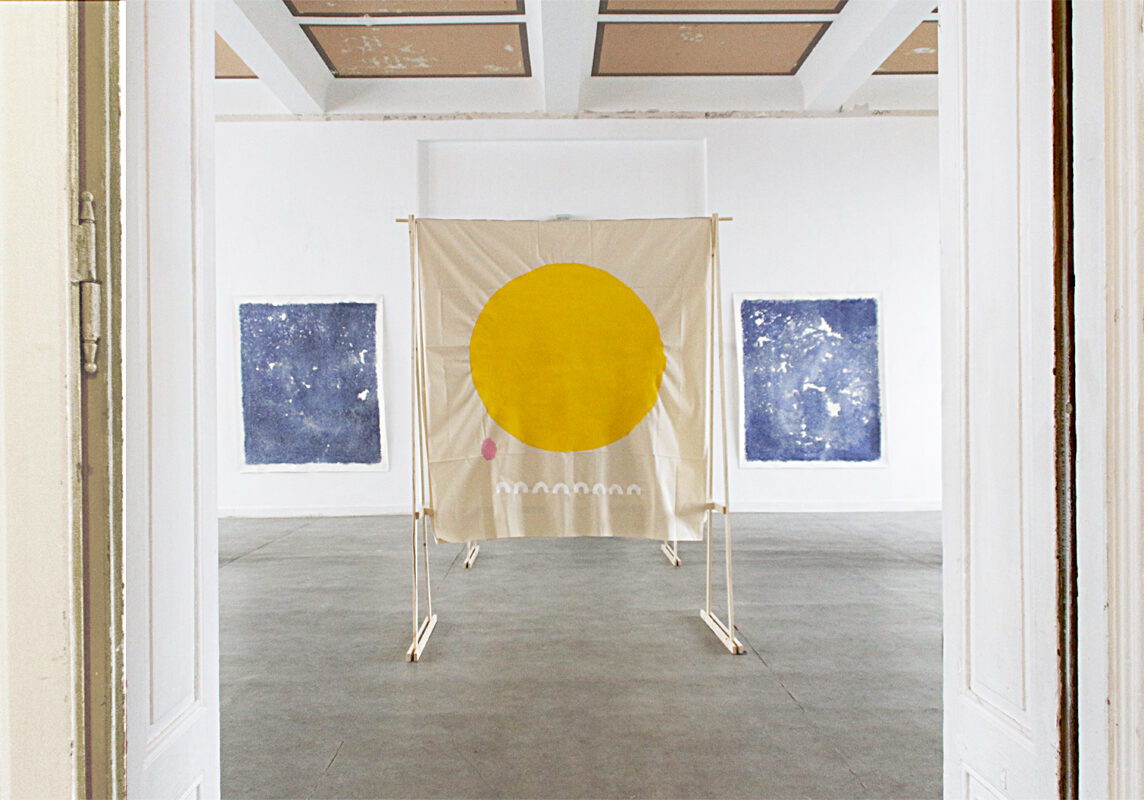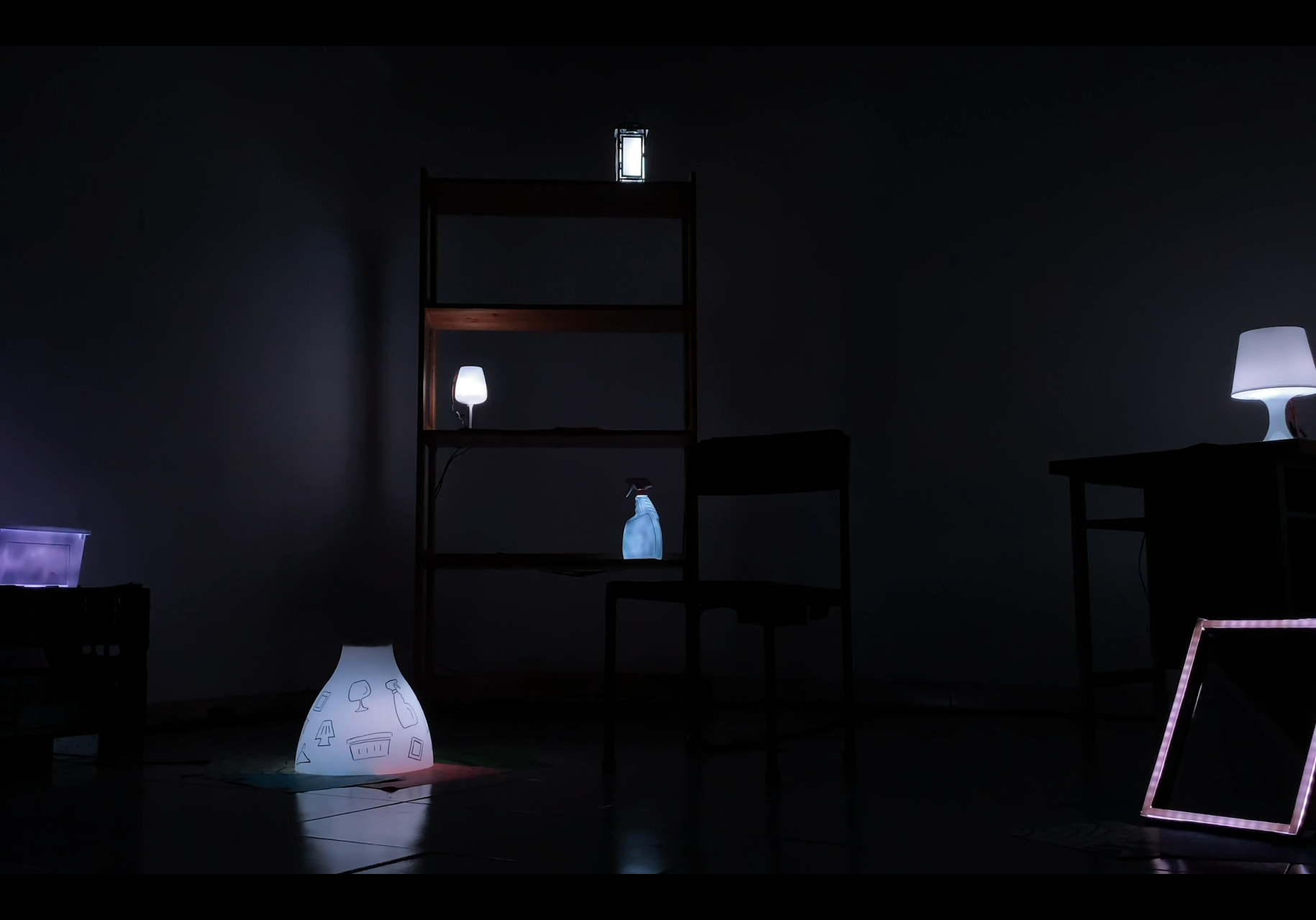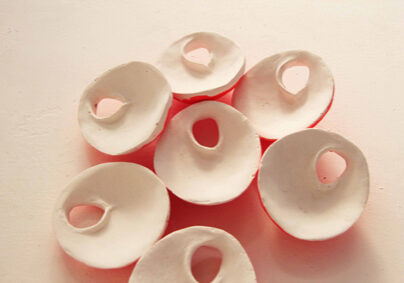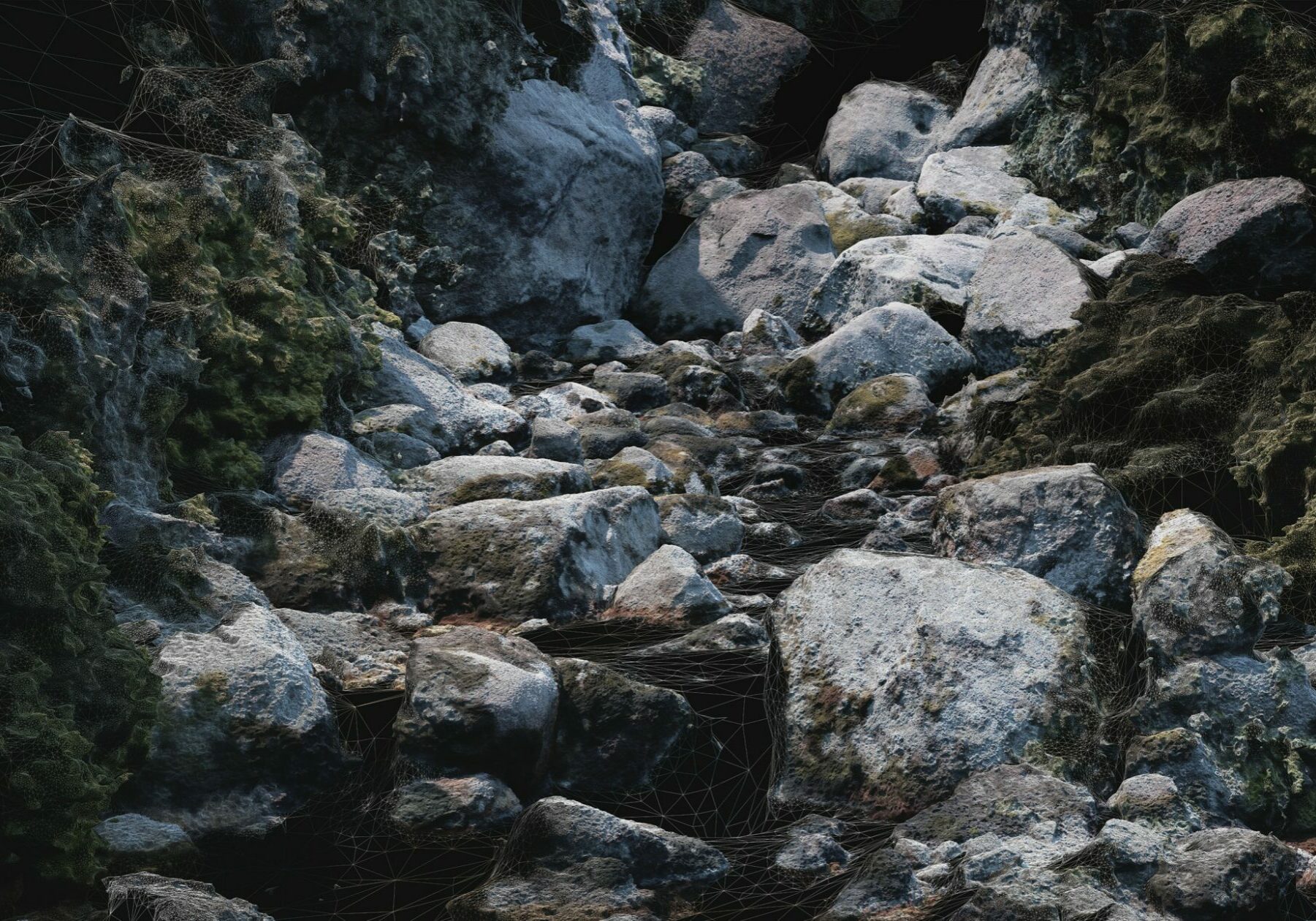The concept of vanishing point has long been in charge of 25hr sailing’s ‘misconception’ of depth. Along with their eyes that have been trained to recognize vanishing points, there were many tools, technologies, and specialized equipment that construct different focuses that constitute the field of visibility. An eye bound to the surface of a flat screen pushes the image into another surface that grows and shrinks both lightly and quickly. Is an eye that reads depth from an image the same as an aged eye?
The left and right eyes on our faces see the same object as slightly dislocated and overlapped images. When the two minutely different scenes are combined into one, a sense of seeing three-dimensional objects starts operating. Thus, to see the depth and thickness of objects, our eyes must ‘have a gap’ between them. A scene has to be overlapped in a slightly ‘dislocated’ manner. And this sense of ‘having a gap,’ ‘being dislocated,’ and ‘overlapping’ are the frames through which 25hr sailing deals with their subject, Kukdo Theater. Of course, Kukdo Theater has already been in the state of an overlap in dislocation for a long time. In the exhibition Descend towards Vortex,3 25hr sailing takes Kukdo Theater –which is demolished to become the Hotel Kukdo – as a landing point where the time that has not arrived ‘yet’ and the space that has arrived ‘already’ encounter each other, reading it in a continuous stream of culture.
25hr sailing gathers newspaper articles, books, academic papers, and accounts about Kukdo Theater to summarize the narrative of the building, which is coupled with images of the building’s surface. Soft curves that are taken from plants, columns that stand in a vertical direction, splendid decorations, and straight-lined windows: As figures from different periods are layered over the architectural surface of Kukdo Theater, a pattern of time dislocated from the official records.

